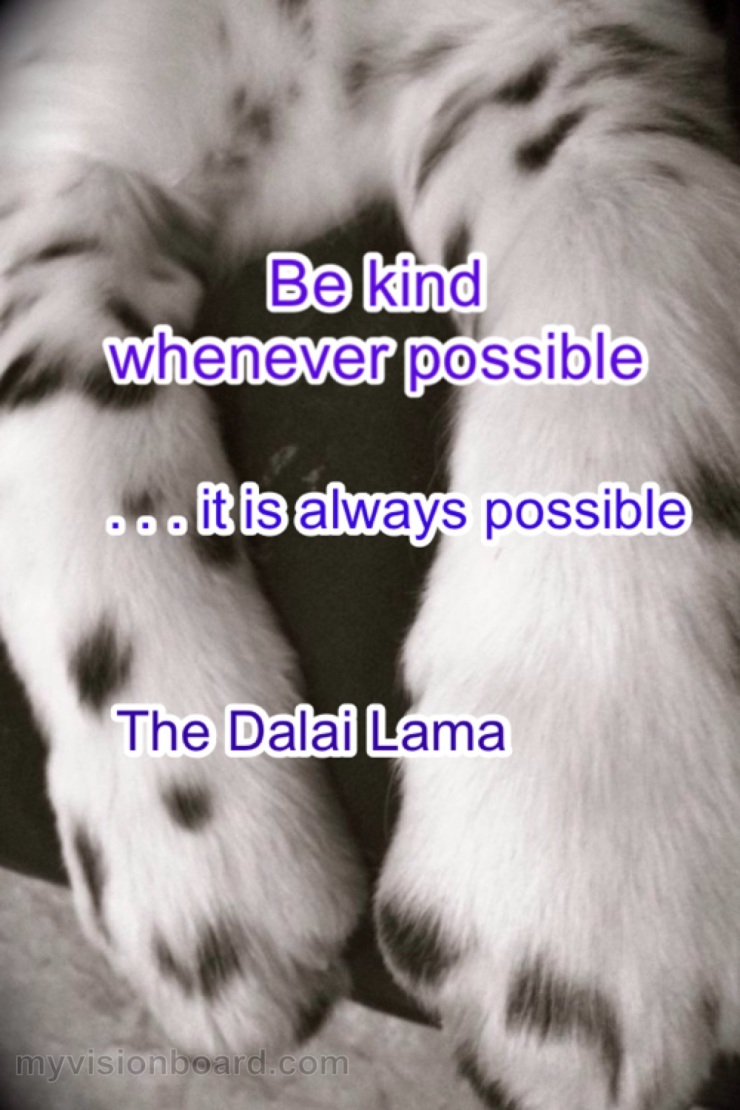One of the keys to good training surely is consistency. This can be seen in several different areas. For example, the language of training has a structure. When I use words to communicate with my dog, a different species, I have a limited vocabulary (compared to communicating with humans) and I need to keep it simple. With humans I can use more words to explain myself, not so with dogs. Words can and do have multiple meanings with humans. When communicating with your dog, assigning just one clear meaning to a cue will avoid confusion.
Make a list of your cues, and define them. How does your dog define those cues? Ask him! If you think “Heel” means “walk on my left side with your head 6-12 inches from my hip” and your dog thinks “Heel” means “walk on either side or behind you within 3 feet of your body”, then you need to revise your definition or more consistently reinforce what you do want your dog to do when you ask for “Heel”.
How I use my cues also require consistency. Here’s what I am careful about:
If I ask my dog to do some thing with duration – an action that continues, I need to tell him when it ends. I need a release cue or release word that means “you’re all done sitting, or lying on your mat or heeling”.
I ask my dog to wait calmly (stopping motion either standing, or sitting, his choice) before he gets out of a car, before going into or out of the front or back door of my house, before going into or out of a building, before crossing a street.
My dog’s name means “look at me, I need your attention”. So when I use his name, I acknowledge that he has given me his attention, with a cue, reinforcement, or with my attention to him.

When I call my dog to me, something good happens when he gets to me. Always. I want that chain of:
“Deagan, Here!”
Deagan comes running and touches his nose to my hand
To end with something he likes, something that reinforces coming to me, even if it is just praise and attention.
Games have rules. For safety and for fun.
Consistency doesn’t mean boring. It means:
Dog gets to tug on the rope toy as long as your mouth stays on your half of the toy.
When I ask dog to pause the game, dog gives up the toy, waits calmly, and the game will start again. Using the toy play as reinforcement makes it easy to train these rules.
Great relationships are reliable
I especially need to be predictable and consistent in how I interact with my dog. A relationship based on trust is built when my actions are predictable and kind, when my dog feels safe with me.
“Dogs don’t know right and wrong, they know safe and unsafe”
– Julie Shaw RVT,VTS-Behavior said that at a ClickerExpo session a few years ago. Simple and profound. It is a filter that guides my actions towards my dog.


Hi Dawn– I don’t have a dog but I like your blog anyway. Good advice for parenting as well. 🙂
LikeLike
Thank you!
LikeLike